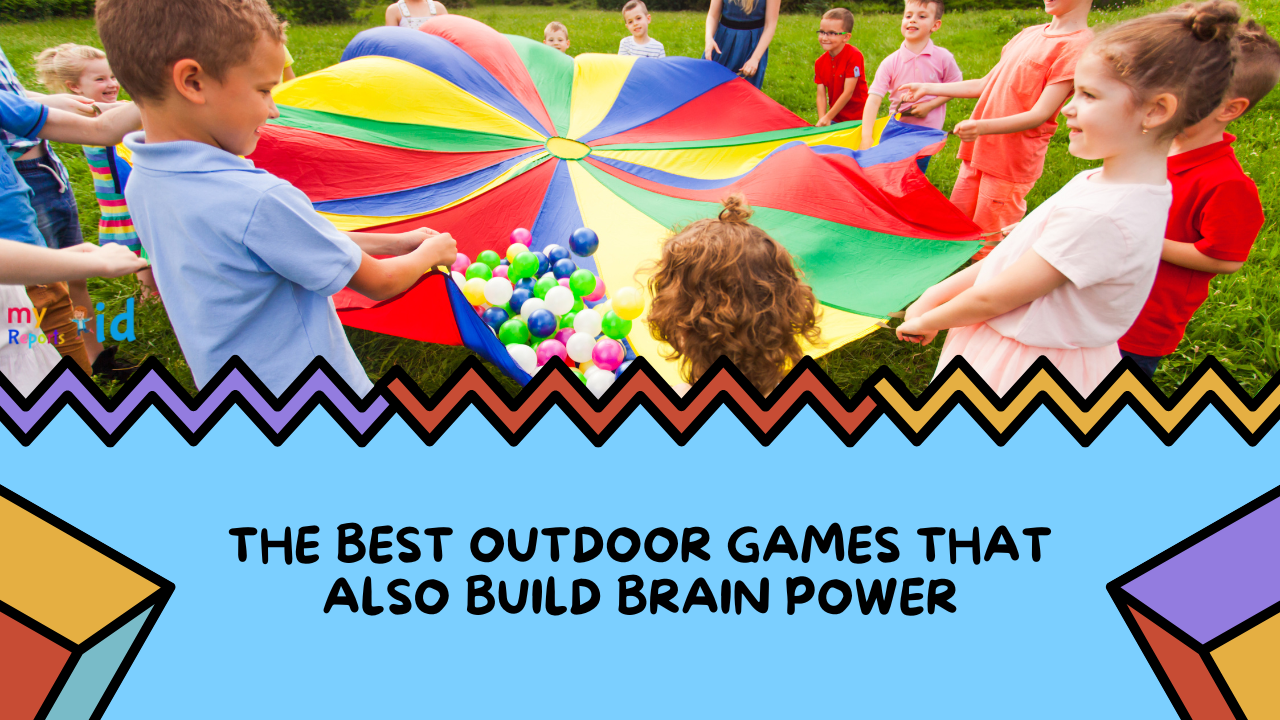Decorating a daycare classroom isn’t just about making the space look pretty—it’s about creating an environment where children feel safe, engaged, and inspired to learn. The right setup can stimulate creativity, encourage exploration, and promote a sense of belonging for the little ones.
Whether you’re setting up a new classroom or giving your current one a fresh look, thoughtful decoration can transform the space into a dynamic and inviting learning environment.
Let’s dive into some practical and fun ways to decorate your daycare classroom to create an engaging atmosphere for both children and staff.
1. Choose a Child-Centric Layout
The layout of your classroom sets the foundation for how children interact with the space. A child-centric layout prioritizes accessibility, comfort, and independence, allowing children to explore and learn at their own pace.
How to Do It:
- Design Learning Stations: Create different zones like reading corners, art stations, sensory tables, and play areas. Each station should have clear boundaries and a specific purpose to encourage children to engage in various activities.
- Keep Things Low: Use low shelves, tables, and chairs so that everything is within the child’s reach. This encourages independence and helps kids feel in control of their environment.
- Ensure Clear Sightlines: Arrange furniture so teachers can easily see the entire room, making supervision effortless while fostering a sense of openness.
2. Use Bright, Soothing Colors
Colors can influence a child’s mood, energy levels, and focus. Bright colors add a sense of fun, while soothing tones create a calming environment.
How to Do It:
- Pick a Theme: Choose a color palette that matches your classroom theme, such as “Under the Sea” or “Nature’s Playground.” Use shades that are not too overwhelming—think soft blues, greens, yellows, and pastels.
- Accentuate with Artwork: Add pops of color with child-made artwork, murals, or themed wall decals. This not only adds vibrancy but also personalizes the space with the children’s creativity.
3. Display Educational and Interactive Decor
Why It Matters: Visual aids, interactive boards, and educational posters can enhance learning and make your classroom an immersive experience for children.
How to Do It:
- Alphabet and Number Walls: Use colorful alphabet posters, number charts, and shape displays to reinforce early learning concepts visually.
- Interactive Boards: Install magnetic boards or felt boards where children can move letters, numbers, or themed cutouts around, adding a hands-on element to learning.
- Themed Rugs: Add educational rugs with roads, maps, or hopscotch patterns that double as learning tools during playtime.
4. Incorporate Nature Elements
Why It Matters: Natural elements like plants, wood, and sunlight can create a calming and inviting environment that connects children to the world around them.
How to Do It:
- Bring in Plants: Place small, non-toxic plants around the room to add greenery and teach children about nature. Consider low-maintenance options like spider plants or succulents.
- Use Natural Light: Arrange the room to maximize natural light. Avoid blocking windows with large furniture and use light curtains to keep the room bright and airy.
- Wooden Furniture: Opt for wooden shelves, tables, and decor items to bring warmth and a natural feel to the classroom.
5. Create a Cozy Reading Corner
A reading nook encourages quiet time, promotes literacy, and provides a cozy space where children can relax and enjoy books.
How to Do It:
- Soft Seating: Use bean bags, cushions, or a small sofa to make the reading area comfortable and inviting.
- Display Books Creatively: Use forward-facing bookshelves so children can see the covers, which helps them choose books independently.
- Add Soft Lighting: String fairy lights or add a small reading lamp to create a warm, cozy atmosphere.
6. Personalize the Space with Children’s Work
Why It Matters: Displaying children’s artwork, crafts, and projects makes them feel proud and gives them a sense of ownership of the space.
How to Do It:
- Artwork Gallery: Designate a wall or bulletin board as an “Art Gallery” where you can regularly rotate children’s artwork.
- Photo Displays: Add photos of the children engaged in various activities around the classroom. It creates a sense of community and helps parents feel connected when they visit.
7. Use Functional and Organized Storage Solutions
A well-organized classroom reduces chaos, makes materials easily accessible, and teaches children the value of tidiness.
How to Do It:
- Color-Coded Bins: Use color-coded bins and labels to organize toys, art supplies, and learning materials. This makes clean-up easy and intuitive for even the youngest children.
- Open Shelving: Open shelves allow children to see and choose materials independently, fostering decision-making skills.
Wall Hooks and Cubby Spaces: Add hooks at child-height for bags and coats, and cubbies for shoes and personal items, keeping everything neat and accessible.
8. Incorporate Sensory Elements
Why It Matters: Sensory play is essential in early childhood education, and incorporating sensory elements into the classroom can enhance learning and engagement.
How to Do It:
- Sensory Tables: Set up a small sensory table with sand, water, or themed items like seasonal leaves or seashells.
- Tactile Walls: Create a touch-and-feel wall using different textures like fabric swatches, soft faux fur, or textured wallpaper panels.
- Calm-Down Corner: Designate a quiet space with soft cushions, calming visuals, and sensory toys to help children self-regulate.
Final Thoughts: Designing a Space that Inspires
Decorating a daycare classroom is all about blending creativity with functionality. By designing a space that’s colorful, organized, and filled with interactive and personalized elements, you create an environment that supports every child’s learning and growth.
Remember, your classroom decor isn’t just about aesthetics—it’s about creating a nurturing space where children feel comfortable, inspired, and ready to explore the world around them.


.png_1747944289579.png)


